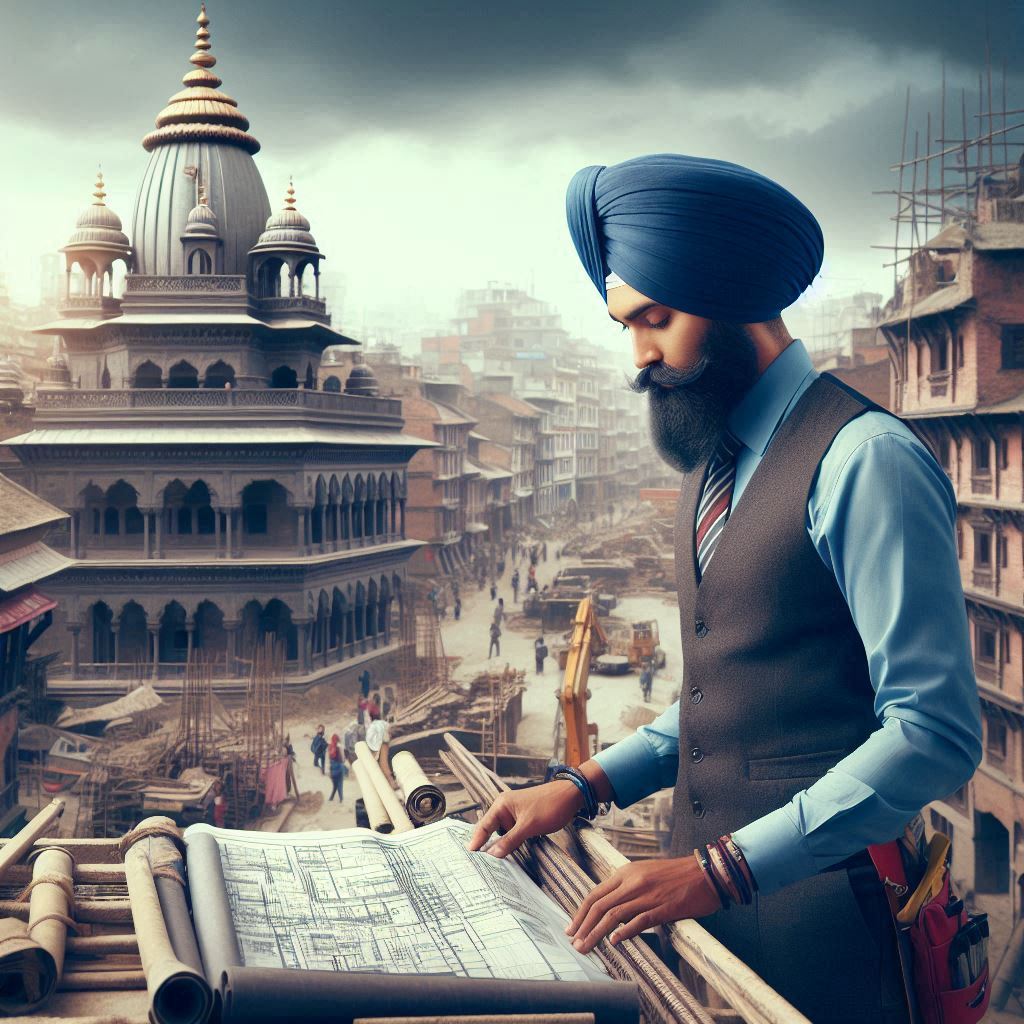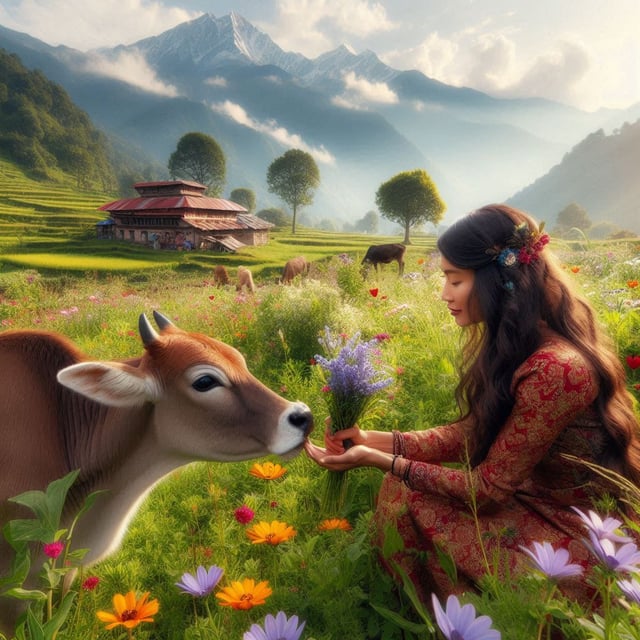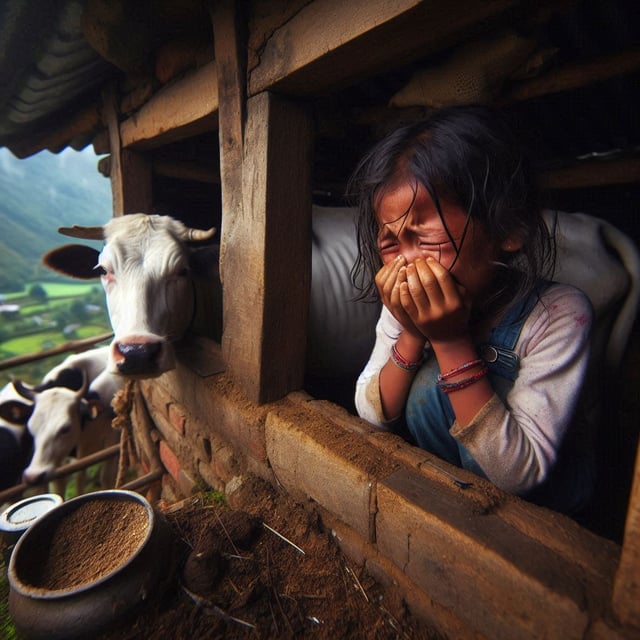Sikhism in Modern Nepal: Part I

Sikh have a long history linked with Nepal. Since the youngest queen of Ranjit Singh Jind Kaur came in Nepal, a palace was built, the Charburja in the present day location of Prasuti Griha maternity hospital. She created various small Gurudwara in Nepal.
Nepal’s first Indian Ambassador Surjit Singh Majithia was also a Sikh who contributed significant diplomatic relationship between Nepal and India. He was also the first person to make the historical landing of an airplane in Kathmandu.
There are some interesting stories of living as a Sikh in Kathmandu which give a glimpse on understanding Nepal’s social fabric.
The government of Nepal at that time lacked engineers as a result the government put an advertisement in Indian newspaper to bring engineers from outside.
In 1931 during British Raj Manohar Singh a reputed government engineer migrated from Rawalpindhi to Kathmandu. Manohar played a crucial role in laying water pipelines in Nepal. The issue of India’s partition had further cemented Manohar to stay in Nepal
His son Hardayal Singh was born in Bhonsiko Tole,Kathmandu in 1936. He became an engineer for Nepal Government. Hardayal Singh graduated in Engineer from Hewett Engineering School,Lucknow University. He build paths and ensured maintenance of those roads above the water pipelines which his father had constructed.
As both became authority in their fields the two would also engage in conflicts with the son arresting staff of his father and the complaint would go up to the king.
Hardayal Singh married Jadish Kaur of Amritsar in 1963 and brought her to Nepal.
Jadish Kaur hated Nepal at first and regretted her decision as she missed her siblings and parents in Amritsar. They had to walk from Tripureshwor as Kathmandu lacked Rickshaw. She came to government quarters mud and unbaked bricks lining the main street of Bagbazaar.
Bricks coming from the compound wall, no running water and foul-smelling like land, snakes roamed around the compounds and backyard. Tea was a rare drink in Kathmandu unlike it was readily available in India. She stood out in her kurta while regular women in Kathmandu wear Sari.
Her son Jeetendra was born in 1968 and daughter in 1970. Later when Hardayal encouraged her to visit India she refrained from going and she worried about her house and children. There were Punjabis in Putalisadak but the mother-in-law didn’t let her visit.
For first four years in Kathmandu she wasn’t allowed to visit Amritsar. The other-in-law feared she was a city-girl and if she went to Amritsar she may change her mind and never return. Later when she faced little restriction to visit Amritsar hills confined her in kathmandu.
When her mother-in-law passed away in 1973 her parent visited Kathmandu and lamented and cried bitterly on seeing the house.
Two days after her parents left the house collapsed. She was inside her room with her children and a sister who stayed back, luckily they forced open the door and rushed out.
Kathmandu was inseparable for Hardayal- he loved Bhonsiko Tole and went there to play cards with his friends on Saturday. He spoke fluent Newari.
Hardayal being a turban wearing Sikh was asked if he was an Indian and having to prove his Nepali identity hurt him immensely. In 1972 Hardayal built a spacious 1 storied house in Jawalakhel and Kaur made a garden around its compound. In 1992 Manohar died.
In 2009 her husband passed at the age of 71. She started burning the photograph but rescued the marriage photographs. Hardayal like his father was cremated in Thapathali on the bank of Bagmati river.
The story of transport king Pritam Singh and Gurdwara Guru Nanak Satsang in Kupandole is a story would be discussed in Part II.
Author
Kripendra Amatya
Editor
Dana Moyal Kolevzon, Director of International Relations, Nepa~laya Productions
Published Date
January 1, 1970



